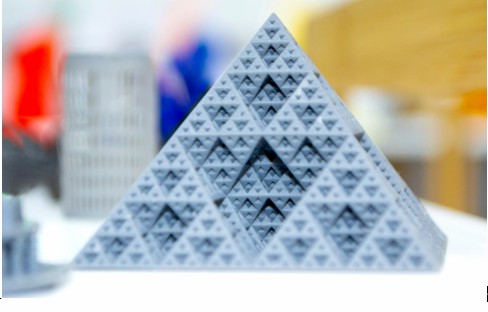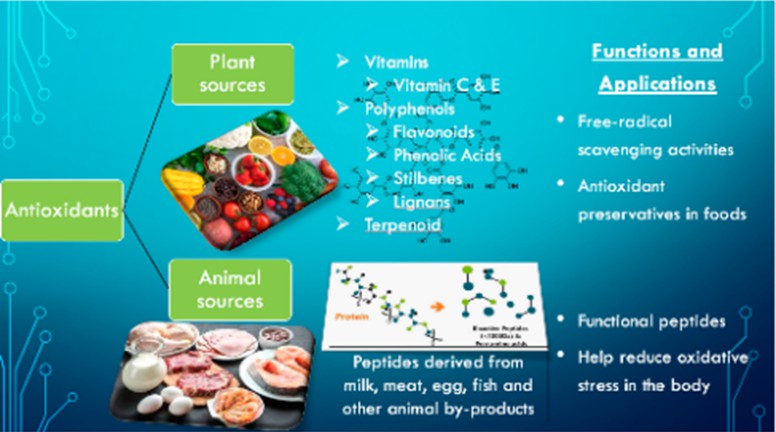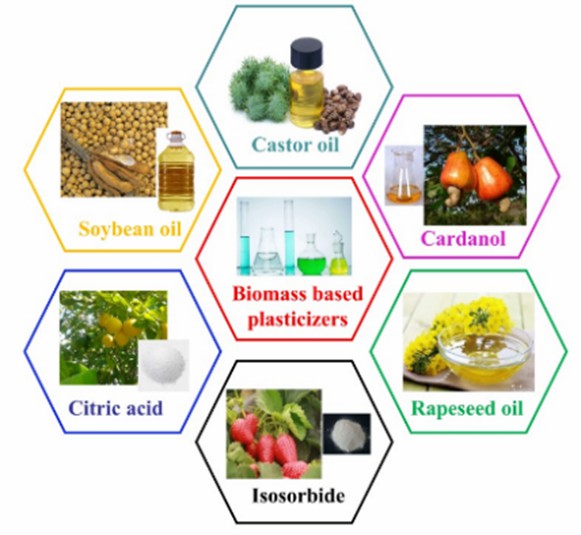Introduction

Polymer additives refer to auxiliary substances added in the polymerization process of converting low molecular weight monomer into higher, in which they assume functions of initiating polymerization reaction, improving polymerization speed, regulating system viscosity, controlling branching reaction and improving polymer properties. Additives of polymer are mainly divided into three categories: light stabilizer, antioxidant, plasticizer according to their roles in material processing.
Types of Polymer Additives
Light stabilizers are compounds that can interfere with the physicochemical processes of photoinduced degradation. Currently, there are hundreds of kinds of light stabilizers, most of which are organic compounds, but also a few inorganic compounds such as titanium dioxide, carbon black and zinc oxide. According to the mechanism of action, it can be divided into four categories: light shielding agents, UV absorbers, quenchers and hindered amine light stabilizers (HALS), in which the HALS is a sort of organic amine material with space steric effect. And HALS is one of the largest classes of light stabilizer dosage in the world, which's consumption accounted for about 65% of the total light stabilizer consumption due to its decomposition of hydrogen peroxide, quenching state oxygen free radicals and effective groups with recycling function. Other UV absorbers consist of benzotriazoles and benzophenones, salicylate esters, cyanoacrylates, malonates and benzylidenes.
Antioxidants are auxiliaries that can delay or inhibit the oxidation (aging) process of polymer materials. Antioxidants can be divided into primary and secondary antioxidants. The first is a free radical scavenger, which usually reacts quickly. Secondary antioxidants, also known as hydroperoxide decomposers, react with hydroperoxides by reducing them to a more stable alcohol form. There are more than 200 varieties of antioxidants, which can be divided into aromatic amines, blocked phenols, thiols and phosphate esters, hydrazides, carbon free radical trapping agents, vitamin E and complex antioxidants. Currently, antioxidants are developing towards direction of relative non-toxic, harmless, high efficiency with advantages of high thermal stability, extraction resistance, compatibility.

Plasticizers are usually organic liquids with high molecular weight and boiling point, which's concentration used varies between 20% and 50% of the total weight of the plastic. Plasticizer molecules can increase the plasticity and fluidity of the polymer by inserting into the polymer chains and weakening the intermolecular forces, thus reducing the processing temperature of the polymer materials. As shown in Fig. 1, polyvinyl chloride (PVC) plasticizers derived from biomass resources (vegetable oil, cardanol, vegetable fatty acid, glycerol and citric acid) have been widely studied. The most commonly used class of plasticizers are phthalates, whose polar groups are attached to polarizable aromatic rings. Especially in PVC, phthalates act as dipolar compounds, creating bonds between chlorine atoms and increasing the flexibility of the polymer. Currently, the total output of global plasticizer is 5.9 million tons/year, which accounts for about 60% of the total output of plastic additives. Among them, nearly 90% of plasticizers are used in PVC soft products, and about 10% are used in the processing of synthetic rubber, adhesives, coatings, cellulose acetate and other resins.
 Fig. 1 polyvinyl chloride (PVC) plasticizers derived from biomass resources (Polymers. 2018, 10:12).
Fig. 1 polyvinyl chloride (PVC) plasticizers derived from biomass resources (Polymers. 2018, 10:12).
If you are interested in our polymer additives, please contact us immediately!
References
- Gensler, R. et al. Thermo-oxidative degradation of isotactic polypropylene at high temperatures: Phenolic antioxidants versus HAS. Polymer Degradation and Stability. 2000, 67(2): 195-208.
- Abeyrathne, E.D. et al. Plant- and Animal-Based Antioxidants’ Structure, Efficacy, Mechanisms, and Applications: A Review. Antioxidants. 2022, 11(5).
- Ügdüler, S. et al. Challenges and opportunities of solvent-based additive extraction methods for plastic recycling. Waste Management. 2020, 104: 148-182.
- Jia, P. et al. Plasticizers Derived from Biomass Resources: A Short Review. Polymers. 2018, 10(12).


 Flame Retardant
Flame Retardant
 Nucleating Agent
Nucleating Agent
 Plasticizers
Plasticizers
 Stabilizers
Stabilizers
 Surfactants
Surfactants


 Fig. 1 polyvinyl chloride (PVC) plasticizers derived from biomass resources (Polymers. 2018, 10:12).
Fig. 1 polyvinyl chloride (PVC) plasticizers derived from biomass resources (Polymers. 2018, 10:12).












